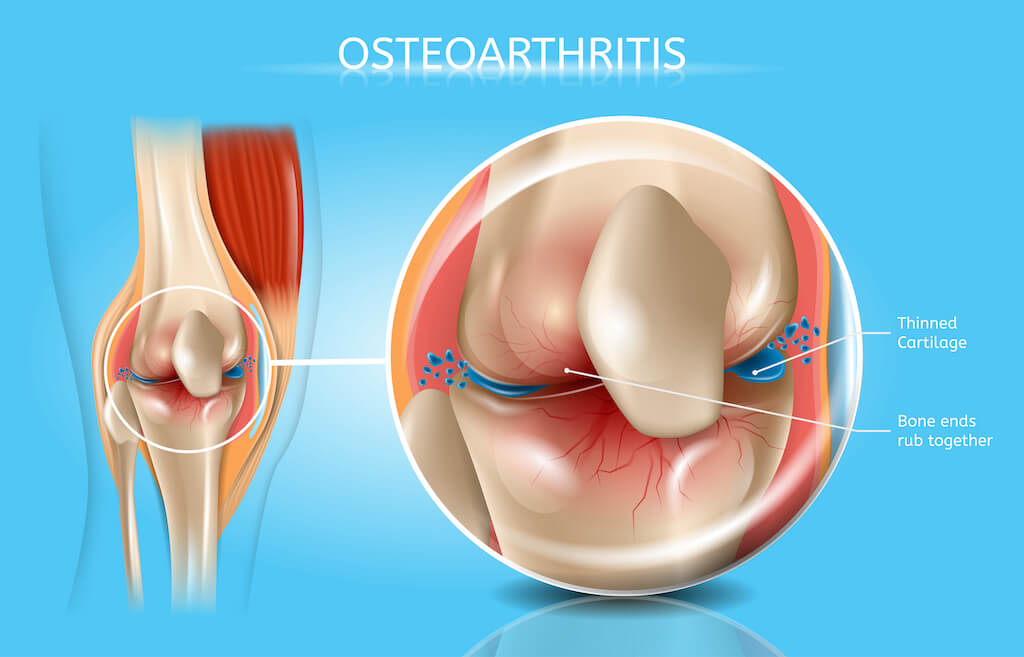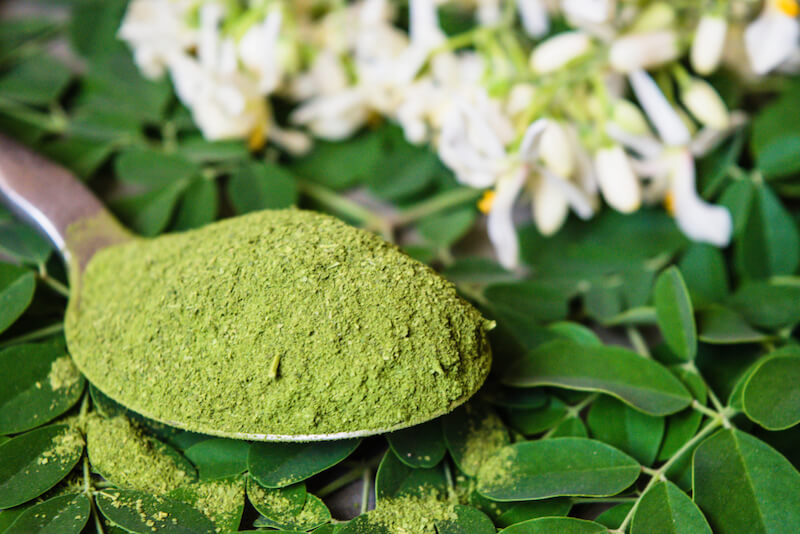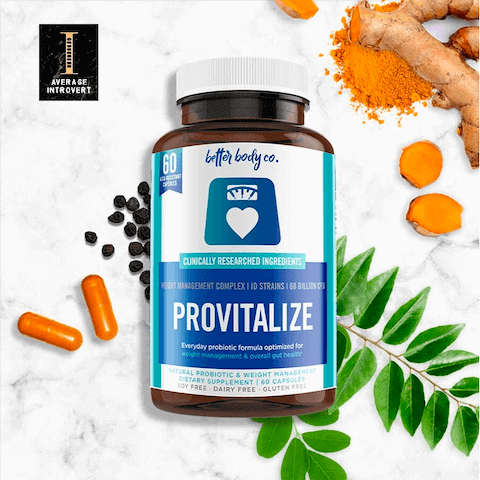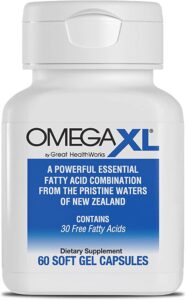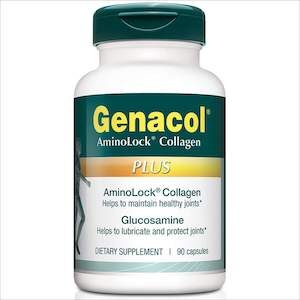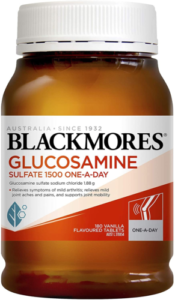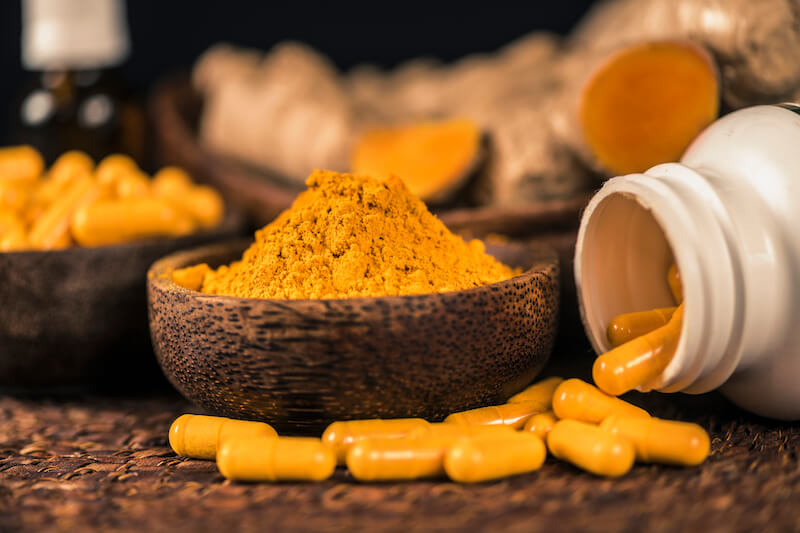
Curcumin, which comes from turmeric, is becoming more widely used to protect our joints. It is also effective for women as curcumin is also a phytoestrogen (plant-based estrogen), which helps to support hormonal balance.
Two clinical trials demonstrated curcumin’s effectiveness in alleviating joint pain and improve the quality of life of 100s of adults.
In a recent study with 139 patients with knee osteoarthritis, patients receiving curcumin showed similar improvements in severity of pain and patient quality of life after just 14 and 28 days when compared to patients who took non-steroidal anti-inflammatory drugs (NSAIDs)10.
A similar study was conducted with 367 patients with knee osteoarthritis and it also found that a 1,500 mg daily dose of curcumin extract was as effective as 1,200 mg a day of NSAIDs, without the gastrointestinal side effects11.
In other words, curcumin was found to be just as effective as NSAIDs or painkillers in relieving knee pain in osteoarthritis patients without the negative gastrointestinal side effects.
The Arthritis Foundation also recommends Curcumin as one of the most effective supplements to manage osteoarthritis12.
If you’re thinking of getting a curcumin supplement, make sure it contains black pepper extract as our body has difficulty absorbing curcumin on its own. Black pepper extract improves the absorption by up to 2,000%13.


